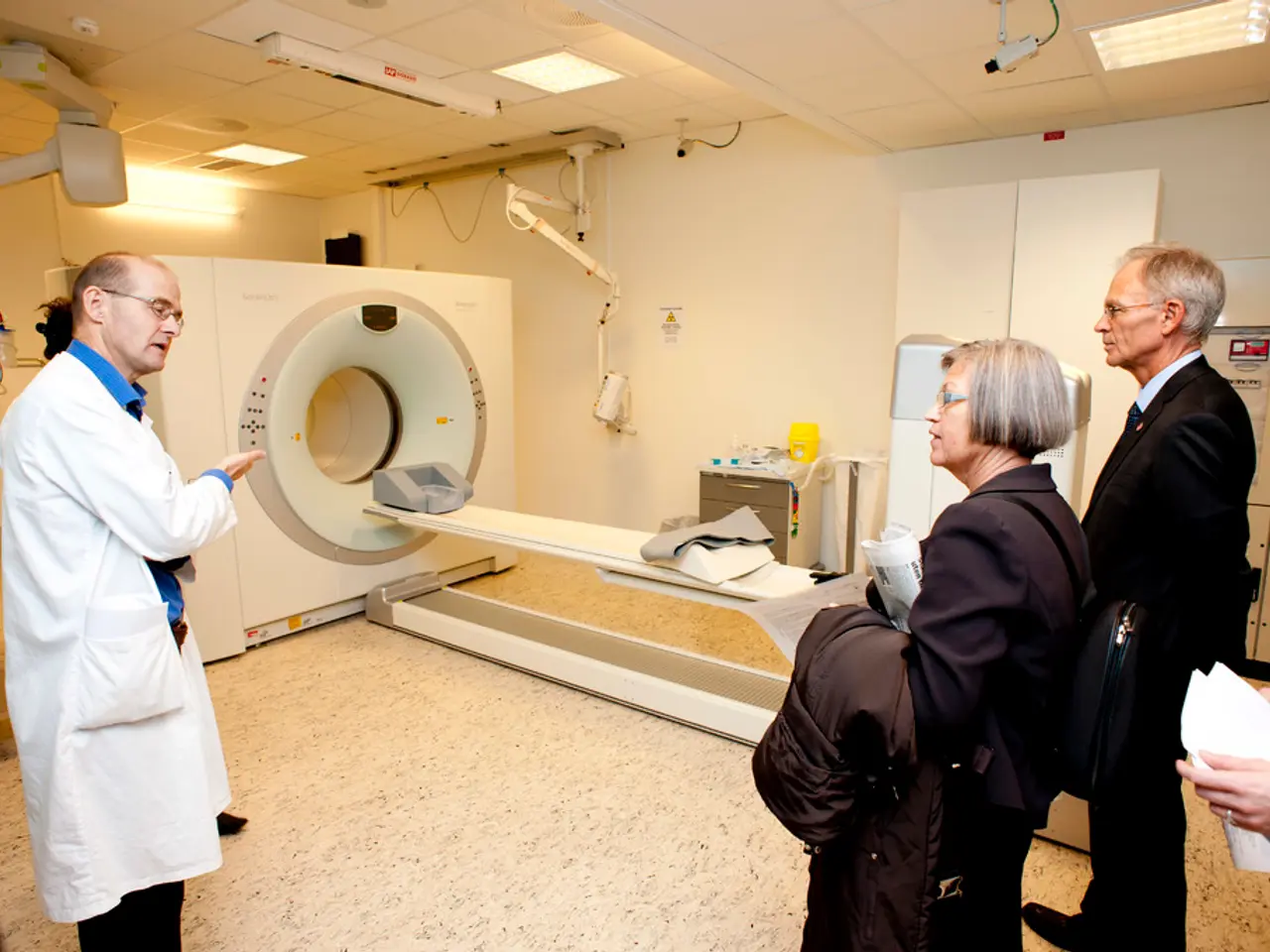Established Link between COVID-19 Vaccination and Fertility Rates: Vaccinated Women Reportedly Fewer Conceptions by One Third, While Unvaccinated Women Maintain Previous Rates
In a recent study, researchers in the Czech Republic analysed data on over 1.3 million women aged 18-39 from January 2021 to December 2023, revealing a significant decline in live births among vaccinated women compared to their unvaccinated counterparts. The study, published in April 2023, reported that birth rates were approximately 50% higher in the unvaccinated group after mid-2021 [1][2].
The findings have sparked concern and calls for further investigation, as the current scientific evidence linking COVID-19 vaccination and fertility rates remains inconclusive and subject to ongoing investigation. One of the challenges in explaining this association is the lack of randomised trial data on fertility outcomes, as preauthorisation vaccine trials did not adequately evaluate potential effects on fertility [2].
Additionally, birth rates can be influenced by various factors, making it difficult to disentangle the direct vaccine effect from confounders. Variation in reporting and data availability across European countries also limits comprehensive EU-wide conclusions [1][2].
Despite these challenges, the European Parliament has expressed concern and called for independent, large-scale epidemiological studies across the EU to systematically investigate the potential correlation between COVID-19 vaccination and birth rates, including assessments of effects on male fertility and women of childbearing age [1].
The observed drop in fertility rates affecting only the vaccinated started in January 2022 and has been continuing ever since. However, some European countries, such as Belgium, France, UK, Greece, and Italy, showed a steady decline in Total Fertility Rate (TFR) over a longer period [3].
Notable exceptions are Bulgaria, Spain, and Portugal where fertility has increased (albeit from very low numbers). In contrast, the TFR in the Czech Republic dropped sharply in 2022 and has been decreasing ever since, reaching 1.37 by the end of 2023 [4].
The mystery of the collapse in fertility remains unsolved, and governments of many European countries have the data that could potentially unlock the answer. However, some have dismissed the pattern as demographics, as reported by Denik N, a Czech equivalent of the New York Times [5].
As the issue is under active scientific and regulatory review, it is crucial to continue monitoring the situation closely and to conduct comprehensive studies to clarify the potential impact of COVID-19 vaccines on fertility rates in Europe. The ongoing trend of decreasing fertility rates may lead to a significant crisis in various sectors, including pensions, defense spending, healthcare reform, and education, if it continues for another five years [6].
References: [1] European Parliament. (2023). Call for large-scale epidemiological studies on COVID-19 vaccination and birth rates. Retrieved from https://www.europarl.europa.eu/news/en/headlines/society/20230401IPR88262/call-for-large-scale-epidemiological-studies-on-covid-19-vaccination-and-birth-rates
[2] World Health Organization. (2021). COVID-19: Frequently asked questions about COVID-19 vaccines. Retrieved from https://www.who.int/emergencies/diseases/novel-coronavirus-2019/covid-19-vaccines/faq-vaccines
[3] Eurostat. (2023). Total fertility rate (TFR) - annual data. Retrieved from https://ec.europa.eu/eurostat/web/population/data/database
[4] Czech Statistical Office. (2023). Births by month and maternal vaccination status. Retrieved from https://www.czso.cz/csu/cz/zahalene-data/rodilosti-a-vychovatelstvi/rodilosti/rodilosti-podle-maternalni-vakcinace/rodilosti-podle-maternalni-vakcinace-podle-mesice
[5] Denik N. (2023). The lie about the drop in natality. Retrieved from https://www.denikn.cz/zpravy/domaci/zpravy/zivotni-styl/leze-o-zaklade-zvlastni-zvlastni-zaklady-o-zaklade-leze-o-zaklade-zvlastni-zaklady-o-zaklade-1030312787
[6] European Commission. (2023). Demographic challenges in Europe. Retrieved from https://ec.europa.eu/info/publications/demographic-challenges-europe_en
- The European Parliament has expressed concern about the potential correlation between COVID-19 vaccination and birth rates, particularly in light of ongoing inconclusive scientific evidence, and has called for large-scale, independent epidemiological studies to investigate both the effects on female fertility and male fertility.
- The decline in live births among vaccinated women, compared to their unvaccinated counterparts, presents a mystery within the wider context of health and wellness, as various factors can influence birth rates and data availability across European countries limits comprehensive conclusions.
- As the issue is under active investigation by scientists and regulators, the importance of education surrounding fertility, medical-conditions, and the potential impact of COVID-19 vaccines cannot be overstated. If the ongoing trend of decreasing fertility rates persists for another five years, it may create a significant crisis in various sectors, including healthcare reform, education, pensions, and defense spending.




